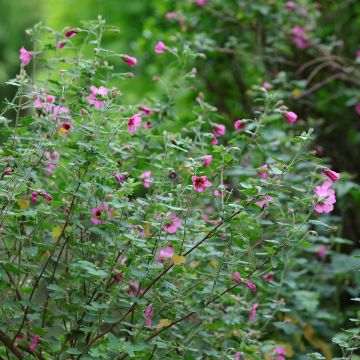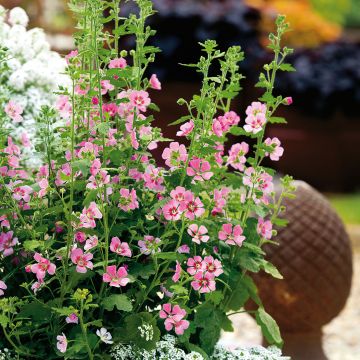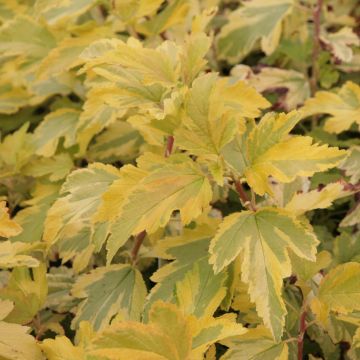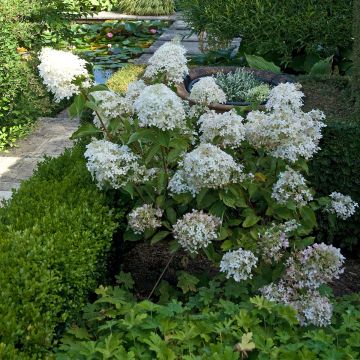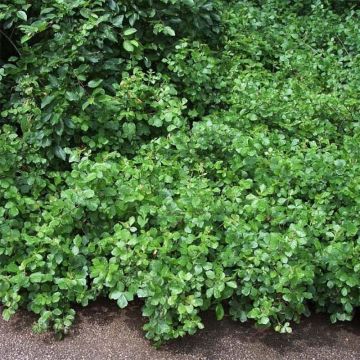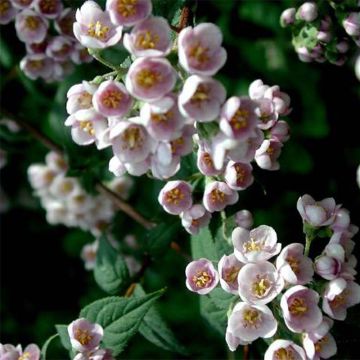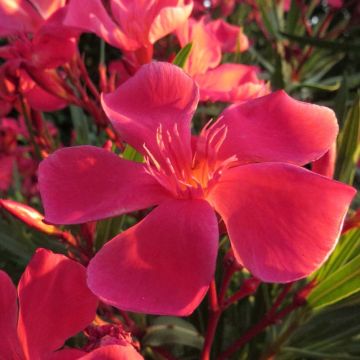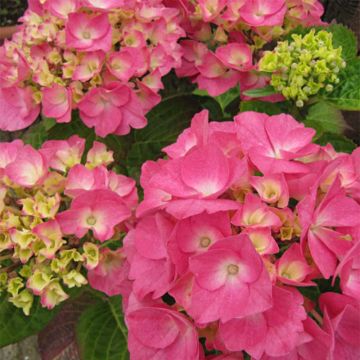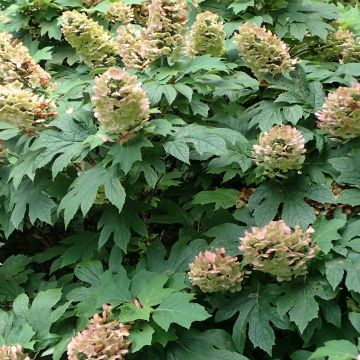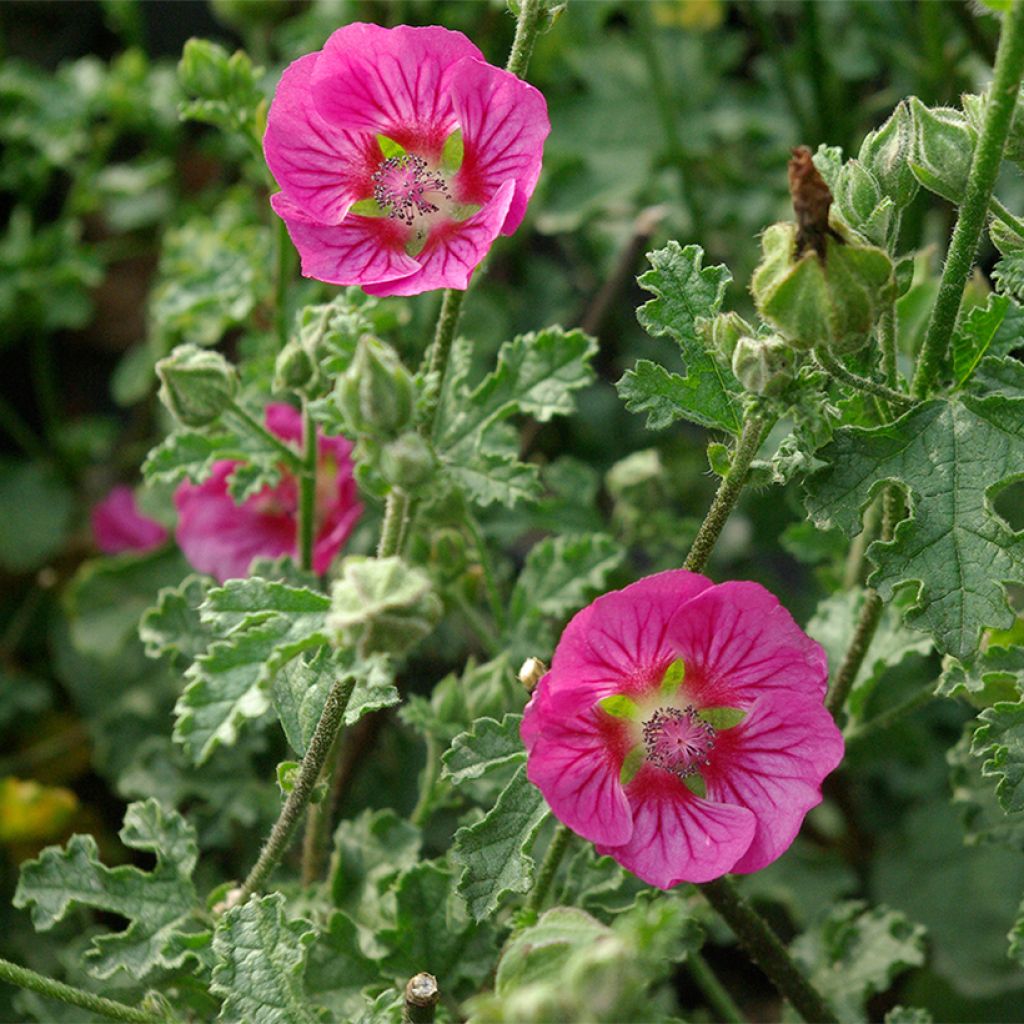

Anisodontea scabrosa Large Red - Cape mallow
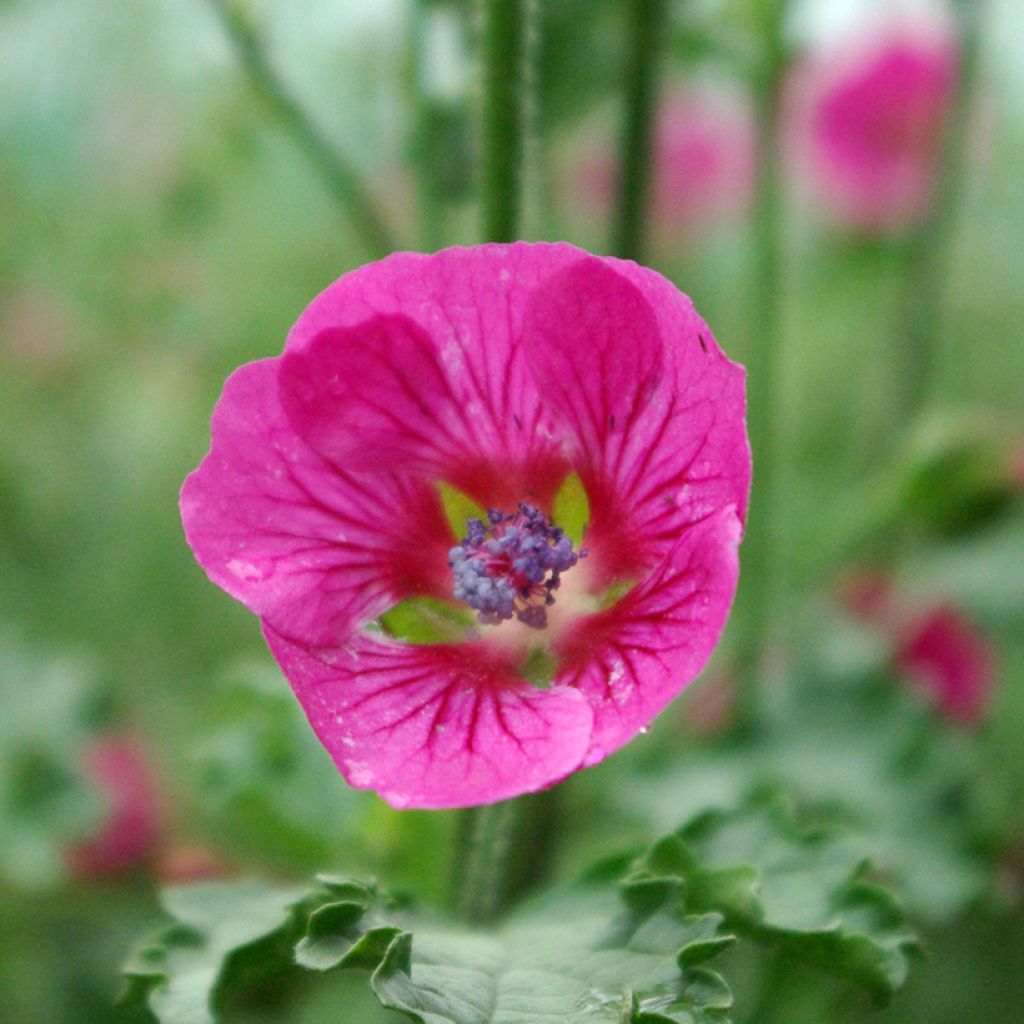

Anisodontea scabrosa Large Red - Cape mallow
Anisodontea scabrosa Large Red - Cape mallow
Anisodontea scabrosa Large Red
Cape Mallow
Special offer!
Receive a €20 voucher for any order over €90 (excluding delivery costs, credit notes, and plastic-free options)!
1- Add your favorite plants to your cart.
2- Once you have reached €90, confirm your order (you can even choose the delivery date!).
3- As soon as your order is shipped, you will receive an email containing your voucher code, valid for 3 months (90 days).
Your voucher is unique and can only be used once, for any order with a minimum value of €20, excluding delivery costs.
Can be combined with other current offers, non-divisible and non-refundable.
Home or relay delivery (depending on size and destination)
Schedule delivery date,
and select date in basket
This plant carries a 24 months recovery warranty
More information
We guarantee the quality of our plants for a full growing cycle, and will replace at our expense any plant that fails to recover under normal climatic and planting conditions.
Would this plant suit my garden?
Set up your Plantfit profile →
Description
Anisodontea scabrosa 'Large Red' is a floriferous cultivar of shrubby mallow with colourful deep pink flowers, capable of blooming 8 months out of 12 when protected from frost. It is a highly ornamental South African plant, but frost-tender, to be planted in a large pot on the terrace, or in the ground in mild climates.
Anisodontea, like shrubby lavateras, belong to the large family of Malvaceae. It is a genus native to South Africa, which includes large woody-based perennial shrubs that are not very hardy. Anisodontea scabrosa is native to the Cape Peninsula, a region with winter rains. This shrub is found in sunny, sheltered and bushy places along the coast. This species with rough leaves grows in various soils, often disturbed, but mainly on low-lying coastal sands. This not very hardy (-6/-7°C) plant shows good resistance to summer drought when planted in the ground, once well established.
The 'Large Red' cultivar is a horticultural selection that is more compact and more colourful than the species. Half-perennial, half-shrub, this plant has a bushy habit. It quickly reaches a height of 1m with a spread of 80cm, or even more when planted in the ground. This small shrub produces countless small round, 2 to 4cm diameter flowers, composed of five petals, a beautiful purplish pink with dark red veining around a throat of the same red. These flowers, appearing at the axil of each leaf, are short-lived, but they continuously renew themselves from May-June to October-November, throughout the growing season, in successive waves induced by appropriate watering and under good growing conditions. The foliage is rather sparse, evergreen to deciduous depending on the severity of the winter, and composed of very dissected, wavy, slightly hairy and sticky, aromatic, fairly dark green leaves.
Anisodontea 'Large Red' is a fantastic plant for terraces and patios, to be overwintered in a cool and very bright place in cold climates. It is a plant for full sun and shows more longevity in well-drained soil. In regions with mild winters, it will be beautiful in a small informal hedge, or in a bed of blue-flowering shrubs such as Ceanothus 'Concha' or Ceratostigma 'Forest Blue' which will enhance its deep pink flowering. It also pairs very well with purple-flowering shrubby salvias and purple foliage. Its combination with Sages, or with its cousins the Lavateras and the Mallow is full of romance.
Report an error about the product description
Plant habit
Flowering
Foliage
Botanical data
Anisodontea
scabrosa
Large Red
Malvaceae
Cape Mallow
Cultivar or hybrid
Other Anisodontea
View all →Planting and care
In open ground, in mild climates, plant Anisodontea scabrosa 'Large Red' in full sun, in light, deep, but well-drained soil, even limestone. Protect it from cold and drying winds in exposed areas. Once well established, it withstands summer drought well but will be less floriferous (it will go into dormancy) during the hottest months if water is lacking. Cut off faded flowers, regular pruning and watering stimulate vegetation, thus flowering, and the plants are stronger. At the end of winter, shorten the stems by about 1/3 of their length, to prevent the plant from becoming bare at the bottom. These plants have a relatively short lifespan when grown in pots, but are more perennial in open ground, in mild climates.
Container cultivation is suitable for this bush. Place it in a large container with drainage holes at the bottom and use fertile potting soil or special container soil. Water regularly and abundantly, while allowing the substrate to dry out a little between waterings. It is possible to grow Anisodontea indoors, provided that the plant is given a period of vegetative rest in winter, in a cool and well-lit but frost-free environment and with reduced watering.
Planting period
Intended location
Care
This item has not been reviewed yet - be the first to leave a review about it.
Similar products
Haven't found what you were looking for?
Hardiness is the lowest winter temperature a plant can endure without suffering serious damage or even dying. However, hardiness is affected by location (a sheltered area, such as a patio), protection (winter cover) and soil type (hardiness is improved by well-drained soil).

Photo Sharing Terms & Conditions
In order to encourage gardeners to interact and share their experiences, Promesse de fleurs offers various media enabling content to be uploaded onto its Site - in particular via the ‘Photo sharing’ module.
The User agrees to refrain from:
- Posting any content that is illegal, prejudicial, insulting, racist, inciteful to hatred, revisionist, contrary to public decency, that infringes on privacy or on the privacy rights of third parties, in particular the publicity rights of persons and goods, intellectual property rights, or the right to privacy.
- Submitting content on behalf of a third party;
- Impersonate the identity of a third party and/or publish any personal information about a third party;
In general, the User undertakes to refrain from any unethical behaviour.
All Content (in particular text, comments, files, images, photos, videos, creative works, etc.), which may be subject to property or intellectual property rights, image or other private rights, shall remain the property of the User, subject to the limited rights granted by the terms of the licence granted by Promesse de fleurs as stated below. Users are at liberty to publish or not to publish such Content on the Site, notably via the ‘Photo Sharing’ facility, and accept that this Content shall be made public and freely accessible, notably on the Internet.
Users further acknowledge, undertake to have ,and guarantee that they hold all necessary rights and permissions to publish such material on the Site, in particular with regard to the legislation in force pertaining to any privacy, property, intellectual property, image, or contractual rights, or rights of any other nature. By publishing such Content on the Site, Users acknowledge accepting full liability as publishers of the Content within the meaning of the law, and grant Promesse de fleurs, free of charge, an inclusive, worldwide licence for the said Content for the entire duration of its publication, including all reproduction, representation, up/downloading, displaying, performing, transmission, and storage rights.
Users also grant permission for their name to be linked to the Content and accept that this link may not always be made available.
By engaging in posting material, Users consent to their Content becoming automatically accessible on the Internet, in particular on other sites and/or blogs and/or web pages of the Promesse de fleurs site, including in particular social pages and the Promesse de fleurs catalogue.
Users may secure the removal of entrusted content free of charge by issuing a simple request via our contact form.
The flowering period indicated on our website applies to countries and regions located in USDA zone 8 (France, the United Kingdom, Ireland, the Netherlands, etc.)
It will vary according to where you live:
- In zones 9 to 10 (Italy, Spain, Greece, etc.), flowering will occur about 2 to 4 weeks earlier.
- In zones 6 to 7 (Germany, Poland, Slovenia, and lower mountainous regions), flowering will be delayed by 2 to 3 weeks.
- In zone 5 (Central Europe, Scandinavia), blooming will be delayed by 3 to 5 weeks.
In temperate climates, pruning of spring-flowering shrubs (forsythia, spireas, etc.) should be done just after flowering.
Pruning of summer-flowering shrubs (Indian Lilac, Perovskia, etc.) can be done in winter or spring.
In cold regions as well as with frost-sensitive plants, avoid pruning too early when severe frosts may still occur.
The planting period indicated on our website applies to countries and regions located in USDA zone 8 (France, United Kingdom, Ireland, Netherlands).
It will vary according to where you live:
- In Mediterranean zones (Marseille, Madrid, Milan, etc.), autumn and winter are the best planting periods.
- In continental zones (Strasbourg, Munich, Vienna, etc.), delay planting by 2 to 3 weeks in spring and bring it forward by 2 to 4 weeks in autumn.
- In mountainous regions (the Alps, Pyrenees, Carpathians, etc.), it is best to plant in late spring (May-June) or late summer (August-September).
The harvesting period indicated on our website applies to countries and regions in USDA zone 8 (France, England, Ireland, the Netherlands).
In colder areas (Scandinavia, Poland, Austria...) fruit and vegetable harvests are likely to be delayed by 3-4 weeks.
In warmer areas (Italy, Spain, Greece, etc.), harvesting will probably take place earlier, depending on weather conditions.
The sowing periods indicated on our website apply to countries and regions within USDA Zone 8 (France, UK, Ireland, Netherlands).
In colder areas (Scandinavia, Poland, Austria...), delay any outdoor sowing by 3-4 weeks, or sow under glass.
In warmer climes (Italy, Spain, Greece, etc.), bring outdoor sowing forward by a few weeks.






























